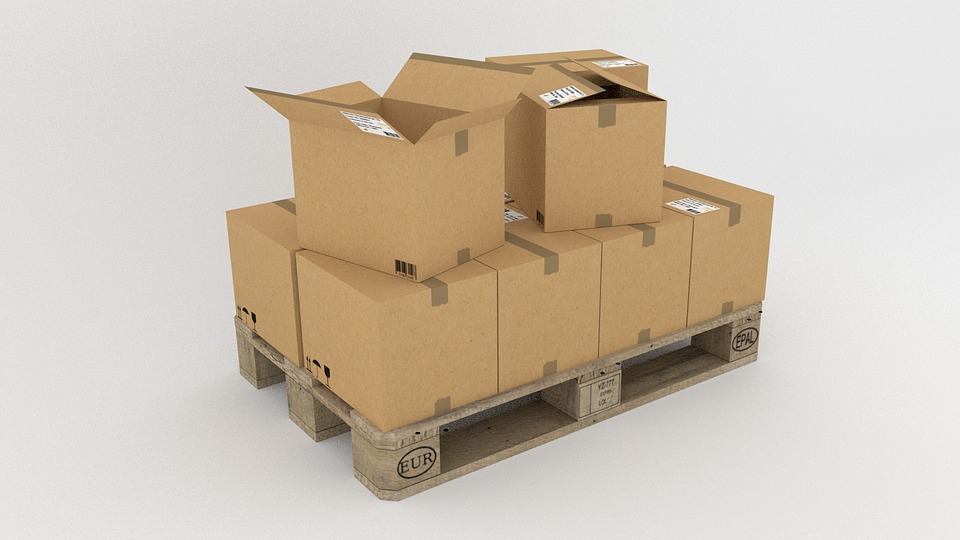The shipment of dangerous goods involves risks of varying degrees for humans and the environment. Incorrect handling or negligence during transport can lead to accidents such as explosion, loss of life or the environment, materials, fire, etc. All this implies the responsibilities of the drivers in charge of transiting these categories of goods. Discover the essential points below about the transport of dangerous goods.
Some Statistics
According to the study conducted in 2019 by BARPI (Bureau d’Analyse des Risques et Pollutions Industriels), 1,800 accidents involving the transport of goods occurred in France during 2018. The detailed review yielded the following figures: 60% of these accidents occurred on land, 30% within a classified facility, 8% by rail, 3% by the river, and no accidents at sea. These figures show that waterborne transport is less accident-prone. The majority of disasters are related to road transport. The most frequent factors are human error, weather conditions, material breakdowns, and mixtures of incompatible products.
According to these statistics, the transportation of dangerous goods must be taken seriously. Drivers who want to engage in this activity will need to exercise caution and have a heightened sense of responsibility.
ADR regulations
Aware of the risks of the transit of dangerous goods, the European authorities have established an agreement called “ADR (Agreement for Dangerous goods by Road)”. This agreement was concluded in Geneva on September 30, 1957. The countries of Continental Europe (including the Russian Federation) are all concerned by the application of this convention. The ADR regulations contain, among others, details on
– the classification of dangerous goods;
– provisions and requirements concerning the use of packagings and tanks
– shipment;
– the conditions of loading;
– transport;
– unloading and handling;
– etc.
Other means of transporting goods are also subject to the regulations for the transport of
rules for the transport of dangerous goods, i.e. :
– ADN for inland waterway transport;
– IMDG for sea transport;
– RID for rail transport;
– and IATA for air transport.

Which Goods Are Dangerous?
According to the ADR, goods are considered dangerous if they endanger the physical integrity of a person or the environment during transport and in the event of an accident or incident. If the goods are found to be dangerous, this must be mentioned in section 14, “Transport information” of the safety data sheet.
The following is the classification of dangerous goods according to their degree of risk:
Class 1: explosive substances
Class 2: Gases
Class 3: flammable liquids
Class 4.1: flammable solids and self-reactive substances
Class 4.2: substances that may ignite spontaneously
Class 4.3: water-reactive substances
Class 5.1: oxidizing substances
Class 5.2: organic peroxides
Class 6.1: toxic substances
Class 6.2: infectious substances
Class 7: radioactive materials
Class 8: corrosive substances
Class 9: miscellaneous materials and objects that may be harmful to the environment
Similarly, the transport of waste from these goods is also subject to ADR regulations.
The packaging of these materials is essential. Before the transit, the transport company must make sure :
– the condition and tightness of the packaging to avoid the risk of leaks;
– the containers are filled to a moderate level to avoid exceeding the maximum level indicated;
– the strength of the packaging to better withstand shocks and falls during handling, loading, and unloading;
– the compatibility of the container/content to avoid chemical reaction between the two materials;
– the labeling of packaging following ADR regulations.
Failure to comply with these preventive measures may result in damage during transport. The person responsible is liable to a fine and imprisonment in this case. The criminal offenses punishable by law include
-failure to appoint a Safety Advisor,
-failure to report a TDG, improper parking,
-the choice of unsuitable packaging,
-transport in an unapproved vehicle,
-the absence of mandatory documents during transport,

